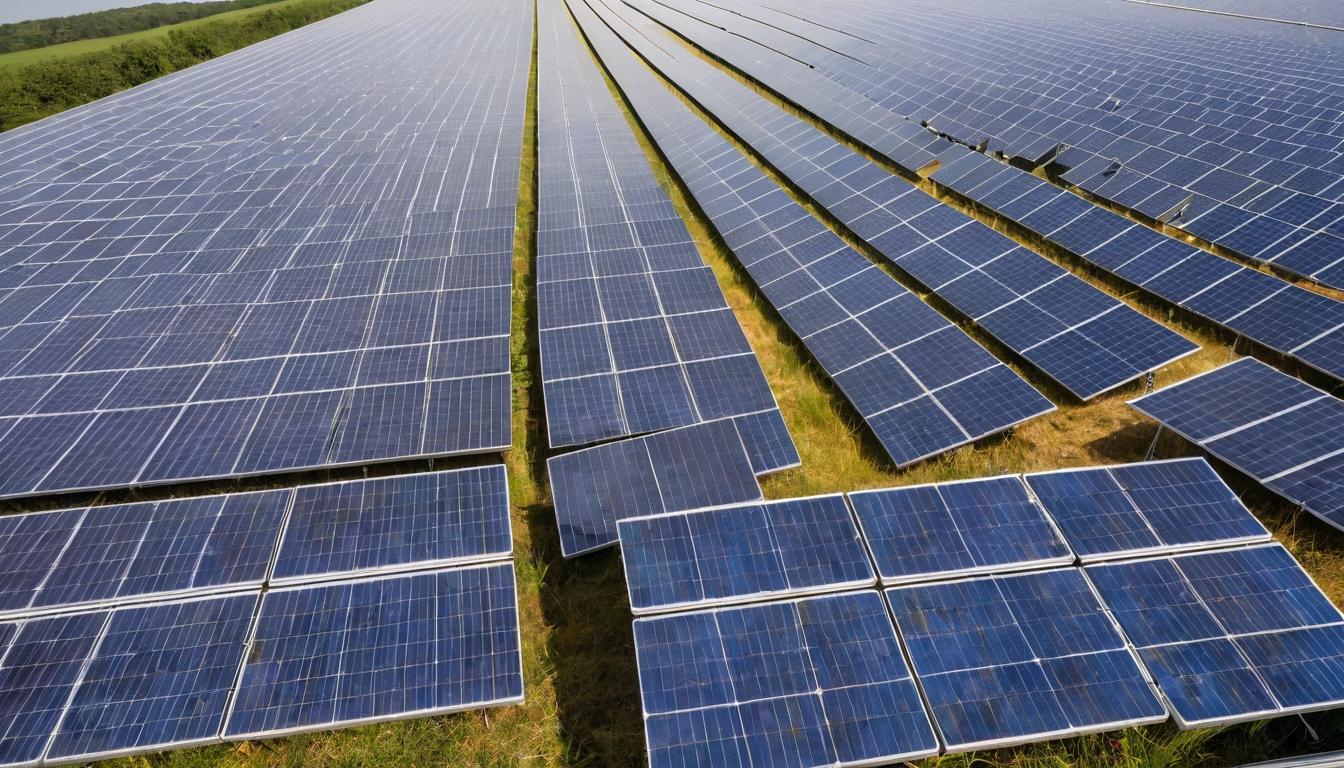In the sprawling solar farms of California and the rooftop arrays dotting suburban neighborhoods, a silent revolution is brewing—one that addresses the industry's dirtiest secret. While solar panels promise clean energy for decades, their eventual disposal has long been the elephant in the room. But innovative companies and forward-thinking regulations are turning what was once waste into valuable resources, creating a circular economy that could redefine solar's environmental credentials.
Walking through a recycling facility in Arizona, the sound of glass crunching underfoot mixes with the hum of machinery separating aluminum frames from silicon cells. Here, panels that have reached the end of their 25-30 year lifespan are being given new purpose. "We're recovering 95% of the materials," explains facility manager Maria Rodriguez, shouting over the conveyor belts. "The glass becomes new panels, the aluminum gets melted down, and even the silicon can be purified and reused."
The economics of solar recycling have suddenly become compelling. With silver prices soaring and supply chain disruptions making new materials scarce, recycled components are becoming increasingly valuable. A recent study found that by 2030, recycled materials from solar panels could supply up to 30% of the manufacturing needs for new panels—transforming waste into a revenue stream.
Regulatory pressure is accelerating this transformation. The European Union's WEEE directive already mandates panel recycling, and several U.S. states are following suit. California, always at the environmental vanguard, is considering legislation that would make manufacturers responsible for end-of-life management. This "producer responsibility" model is pushing companies to design panels with disassembly and recycling in mind from the very beginning.
Technological innovations are making recycling more efficient and cost-effective. New thermal processes can separate materials without harsh chemicals, while robotic disassembly lines are bringing down labor costs. Some companies are even experimenting with panels designed specifically for easy recycling—using snap-together components instead of permanent adhesives.
The environmental impact is staggering. Recycling a single solar panel saves approximately 1,000 pounds of raw materials from being mined and prevents the release of heavy metals like lead and cadmium into the environment. As the first generation of mass-deployed panels reaches end-of-life, the recycling industry is scaling up to handle the coming tsunami of material.
But challenges remain. Collection logistics for distributed rooftop systems are complex, and transportation costs can eat into recycling economics. Some older panels contain materials that are difficult to separate, and the business model still depends on policy support in many regions. However, entrepreneurs are finding creative solutions, from mobile recycling units that travel to solar farms to take-back programs that offer discounts on new panels.
The human element of this transformation is equally fascinating. Former oil field workers in Texas are retraining as solar technicians, while materials scientists fresh out of graduate school are developing new separation techniques. This isn't just about technology—it's about building a workforce for the circular economy.
Looking ahead, the recycling revolution could make solar truly sustainable from cradle to grave. With improved designs, better recycling technologies, and supportive policies, the industry is addressing its own environmental footprint while creating economic opportunity. The panels on your roof today might power your home for decades, and then live on as part of someone else's clean energy system tomorrow.
This quiet revolution in solar recycling demonstrates that environmental solutions often come from addressing the entire lifecycle of technology, not just its operation. As we build our clean energy future, it's comforting to know that today's solutions won't become tomorrow's problems.
The hidden revolution: how solar panel recycling is quietly transforming the industry

